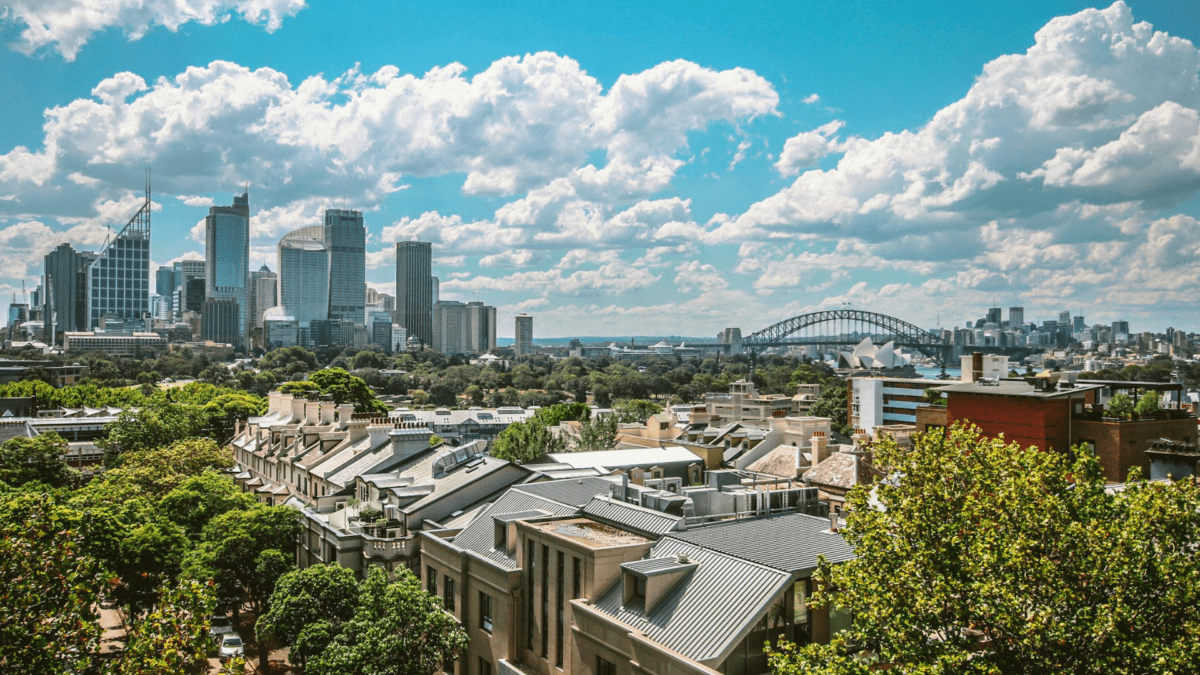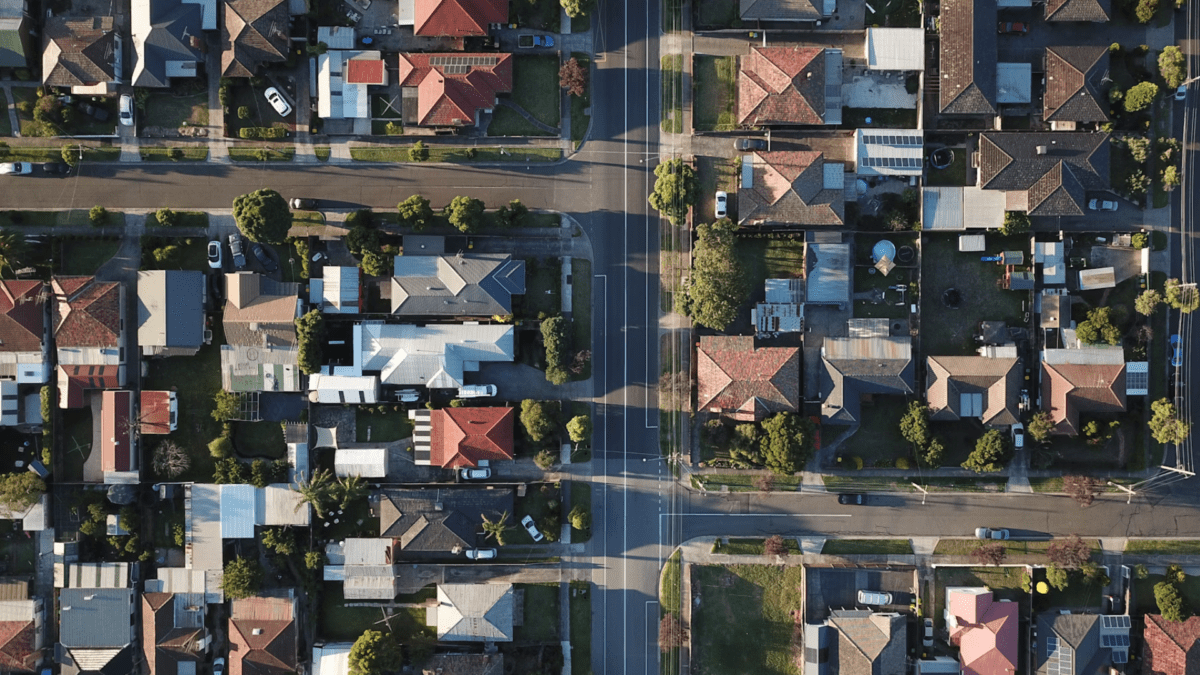House prices notch largest-ever drop, but 2023 crash not likely
Australian property prices have posted their sharpest falls on record in the face of higher interest rates, new research shows, with more pain expected to come in 2023 as the central bank continues to raise credit costs. But some experts say a crash in prices is unlikely.
The CoreLogic Daily Home Value Index (HVI) registered a record decline of 8.4 per cent from May 7, 2022, when values peaked, to January 7, 2023. The steep drop shows the effects of the Reserve Bank of Australia’s attempts to battle inflation by raising the cash rate; since April, the bank has raised the rate from a historical low of 0.1 per cent to 3.1 per cent, and it has signalled further increases this year.
The figure below shows the sharp decline in the CoreLogic HVI relative to previous periods of decline.

Eliza Owen (pictured), head of residential research at CoreLogic, said she expects housing market conditions to remain soft in the months ahead. Financial markets are pricing a peak in official interest rates of around 4 per cent this year.
“A 300-basis point increase in the underlying cash rate over just eight months has resulted in a rapid reduction in borrowing capacity, lowering the amount buyers can offer for homes,” Owen said in a January 9 research note.
“In addition to constrained borrowing capacity, higher interest costs may be dissuading potential buyers altogether,” she said. “Ongoing increases in interest rates will further erode the borrowing capacity and likely prolong the country’s housing downturn until interest rates stabilise.”
Sydney leads price drops
Price declines in Australia’s three largest capital cities, which have the largest weighting in the national home value index, are driving the housing downturn. Sydney home values have seen a peak-to-trough decline of 13 per cent, Brisbane values have fallen 10 per cent and Melbourne dwelling values are down 8.6 per cent from their peaks. At the other end of the spectrum, Perth dwelling values have fallen less than 1 per cent from a peak in August last year.
“For perspective, the 8.4 per cent drop has come off a high base,” Owen said. “The sharp decline in dwelling values follows an upswing of 28.9 per cent between September 2020 and May 2022, which was the fastest rise in home values nationally on record.”
Given rising interest rates, Shane Oliver, chief economist with AMP, predicted Australian home prices will post a top-to-bottom fall of 15-20 per cent, “with prices expected to bottom around the September quarter, ahead of gains late in the year as the RBA moves toward rate cuts”.
If property sellers aren’t realistic on prices, they won’t sell their homes this year, SQM Research managing director Louis Christopher said. SQM data shows that the number of unsold homes is piling up, with the number of properties on sale for more than six months jumping 14.3 per cent last year – the biggest yearly rise since 2011.
“This rise in older stock completely confirms the depth of this housing downturn and is very typical of what is recorded in past downturns; as there remain more sellers than buyers, dwellings on the market that are not priced to market, don’t sell,” Christopher said.
“Until we see a major surge on distressed activity, I really doubt some of the more calamitous predictions of a housing crash in 2023 will play out,” he said, although he added that a cash rate reaching or topping 4 per cent “does indeed risk this very type of dark scenario playing out”.
Adding to price falls is the fact Australians are more indebted than ever, with the latest RBA estimate of housing debt-to-income ratio sitting at 188.5 per cent. A decade ago that figure was 162 per cent, and it was was 130.2 per cent in 2002, according to Owen.
“Higher household indebtedness may have increased the sensitivity of housing values to interest rate rises,” she said.
Property dominates household portfolios
Residential property still dominates Australian household wealth. Around 71 per cent of household wealth is held in property – amounting to $10.1 trillion in the September 2022 quarter, compared with $3.3 trillion held in superannuation reserves.
Australians also hold $1.2 trillion in shares and $1.5 trillion in cash deposits, with deposits jumping by $50.5 billion during the September quarter. Household wealth fell by 1.9 per cent, or $276 billion, to $14.2 trillion in the September quarter 2022, according to figures from the Australian Bureau of Statistics (ABS). Wealth per capita fell 2.2 per cent, or $12,050, to $545,532 per person.
The fall in household wealth was driven almost entirely by the decrease in the value of residential land and dwellings, which recorded its largest decline since December 2008. While property prices dropped, household liabilities rose $26 billion, driven by a $24.3 billion rise in housing loans as interest rates rose.










